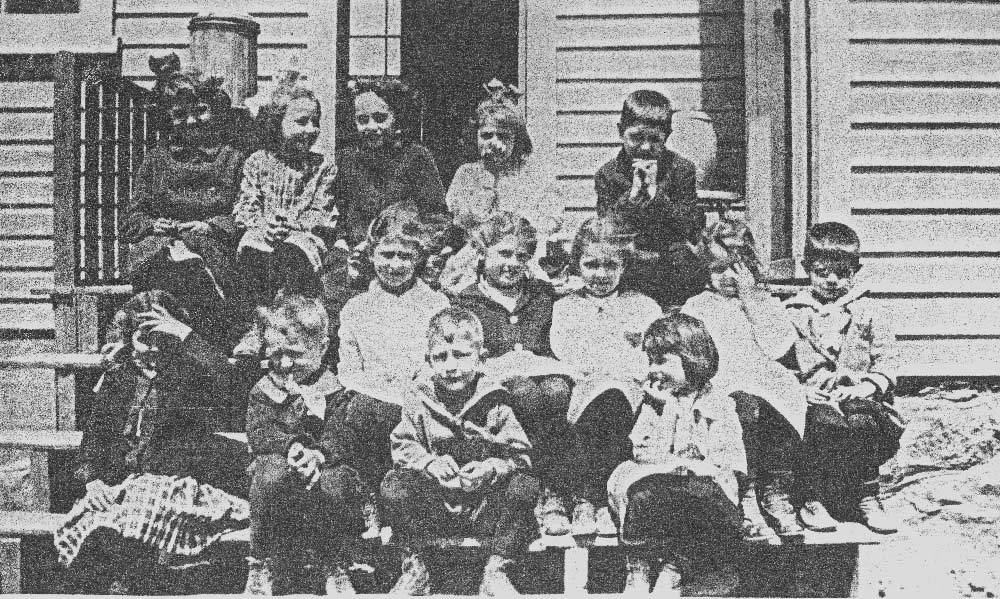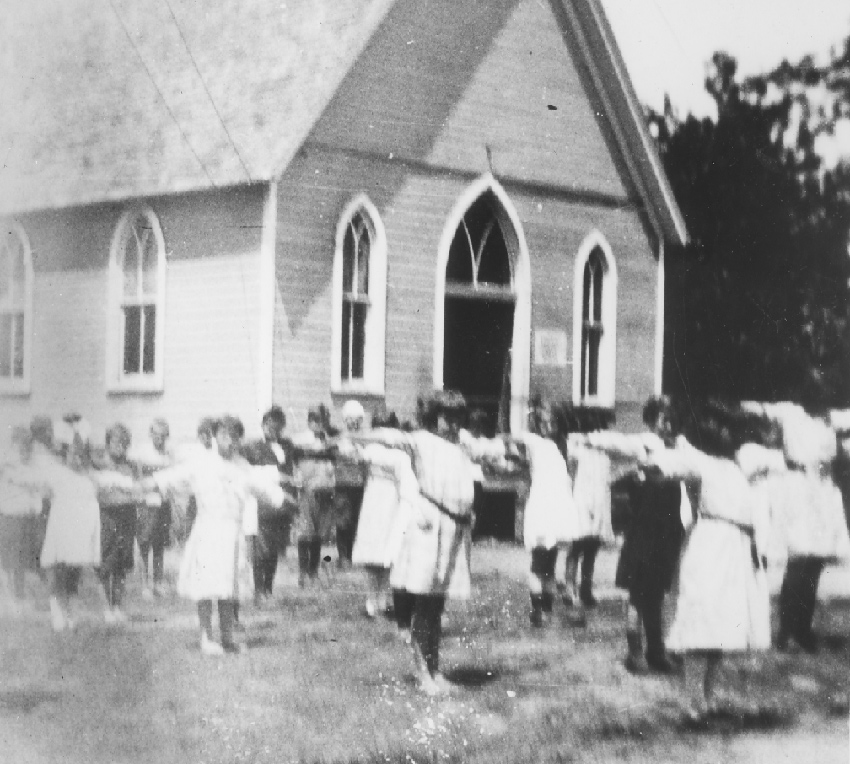History of Barcroft
Want to know more?
The Barcroft community traces its history to the time of George Washington, who surveyed the land and may have built a gristmill here. George Washington Parke Custis later built the Arlington Mill on Four Mile Run near Columbia Pike. Custis' mill was destroyed during the Civil War.
Barcroft neighborhood owes its name to Dr. John Woolverton Barcroft.
Dr Barcroft built and operated a mill after the Civil War on the foundations of the Arlington Mill. It was said to have the largest mill wheel on the east coast.
Dr. Barcroft, a physician and inventor, had also owned a mill further west on Columbia Pike at Holmes Run, beyond Baileys Crossroads, for which Lake Barcroft is named. He died in 1895, but continues to get votes from our precinct in elections today. Thanks to one of his descendents we have some genealogical data on him.
The earliest homes in the neighborhood were built near Columbia Pike beginning about 1892 as the subdivision of Corbett. This area was resubdivided under the "Barcroft" name in 1903. The community grew to the north and east, and homes gradually filled in the area of the current Barcroft neighborhood. From 1918 through the 1950's, builder Walter O'Hara and his son Robert built several hundred Barcroft homes in a variety of styles. The neighborhood also has at least one Sears home and one Lustron enameled steel home. Today the central part of Barcroft has a mix of homes built between the 1880's and the 1980's, most of them more than 30 years old. Beginning in the 1960's, townhouses and apartment buildings were built on the edges of the neighborhood along Columbia Pike, South George Mason Drive and Arlington Boulevard.
Arlington Mill
The neighborhood's first retail establishment was a country store built about 1885 and owned by Oscar Haring. It was located on Columbia Pike at Four Mile Run. Oscar Haring's store gave way to the Barcroft Shopping Center in 1949, and other retail establishments now line Columbia Pike.
In the early years of the twentieth century, many Barcroft families commuted to Washington on the railroad along Four Mile Run now known as the Washington and Old Dominion (W&OD). The first rail line was built in 1850, with the stop at Columbia Pike handling passengers, grain for the mill and live animals. The rail connection was important until paved roads offered more convenience for motorized vehicles. A bus service began in 1919, and gradually the rail service was discontinued, with passenger service ending in 1932 and freight service ending in 1968.
Barcroft's neighborhood civic association, originally known as the Barcroft Citizens Association, has been in continuous operation since at least 1907. The name was changed in 1908 to The Barcroft School and Civic League (BSCL) when the Barcroft School moved into the newly constructed Barcroft Community House at 8th Street South and South Buchanan Street. The school moved to its present location on South Wakefield Street in 1925. The Barcroft Community House has now been designated as a local Historic District, and is the neighborhood's most important landmark.
The community's first newspaper, a tiny but well written neighborhood newsletter, was published for a time in 1903. Publication resumed in later years, and the Barcroft News still chronicles neighborhood events.
Throughout its history as a neighborhood, Barcroft has been a quiet residential area whose residents prize its tranquility, ease of access to the District of Columbia, and friendly neighbors.











